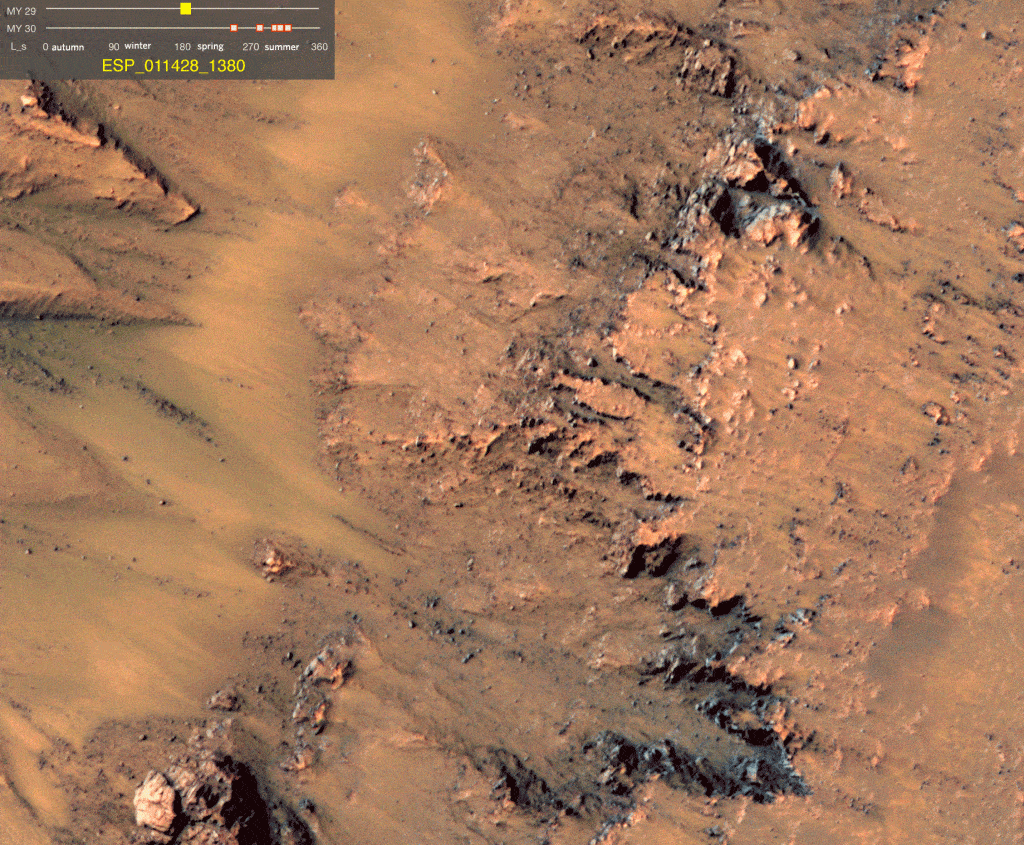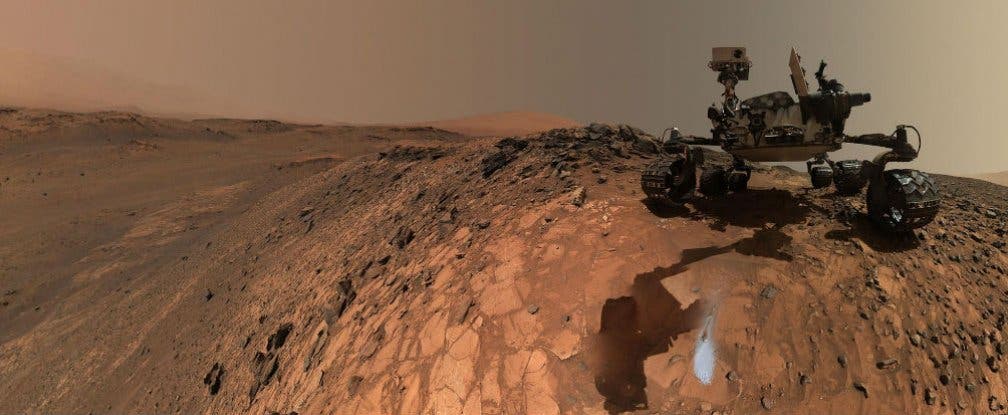Two days ago, NASA made a spectacular announcement: they found liquid water on Mars, confirming suspicions and clues from years ago. But while they make a compelling case for the water, it would still be better to examine it on the spot, except there’s a slight problem with that: NASA can’t immediately investigate the water on-site, using the Curiosity rover or anything else, because it’s bound by international treaties.
Right now, Curiosity is some 50 kilometers away from the site where astronomers found the liquid water; normally, this would seem like a great opportunity to investigate it directly, at some point in the near future. But the main problem is contamination; sure, Curiosity was sterilized thoroughly before it left Earth, but ultimately it traveled 225 million kilometres from Earth through space, and along the way it could have picked up all sorts of dirt particles or microbial life which could contaminate the Martian water, creating what could be easily called a scientific disaster. But
“Because liquid water appears to be present … we have to take extra precautions to prevent contamination by Earth life,” Rich Zurek, the chief scientist for NASA’s Mars program, explained during a Reddit AMA yesterday. “Our current rovers have not been sterilised to the degree needed to go to an area where liquid water may be present.”
In order to ensure a proper sterilization, they would have to blast Curiosity with crazy levels of radiation and heat, but that process would also destroy its electronic circuits. But even if they somehow managed to sterilize it to a satisfactory level, they wouldn’t be allowed to explore it.
Like most countries, the US signed the Outer Space Treaty in 1967 which forbids “anyone from sending a mission, robot or human, close to a water source in the fear of contaminating it with life from Earth”.
Does this simply mean we’ll never be able to investigate extraterrestrial water, for risk of contamination or breaking international treaties? Well, we know that NASA wants to send humans to Mars soon, so one way would be to decontaminate humans and their suits and let them see the Martian water with their own eyes, that definitely won’t be easy. Another option is to send robots that could build other robots from scratch, but then there’s also a risk of secondary contamination, although that risk is much lower. Last year, NASA announced that it’s developing robots that can 3D-print infrastructure on Mars, so that’s also a possibility, but the technology is still in development.
In the mean time, NASA has to be sure to keep its rovers away from the water, and scientists should do their best to study it remotely.











